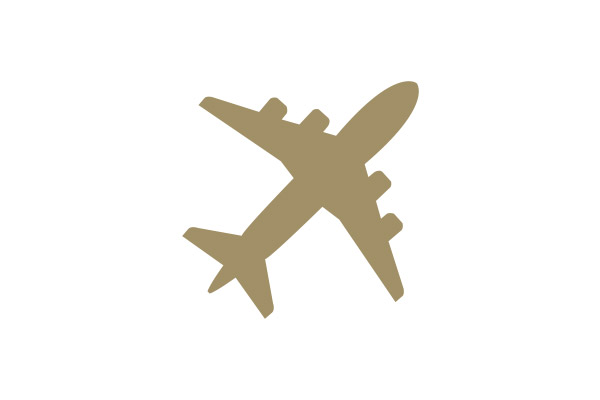COVID-19 has dealt a major blow to the aviation industry. We know that, eventually, there will be an end to the pandemic and that aviation will recover – but how?
First: Why Can’t Planes Fly During Coronavirus?
While some flights can still operate, and continue to do so every day, tourism has come to a complete halt.
Most nations have enforced strict travel restrictions, lockdowns and social distancing measures – none of which are conducive to flying. Airports and planes are busy, crowded places where social distancing is impossible. Global travel made the virus global, and the only way to stop it is if as many people as possible stay put.
With government measures in place, there’s a distinct lack of demand for air travel. Even if lockdown were lifted tomorrow, many people would still be reluctant to go anywhere – especially to regions struggling with COVID-19.
There are certain essential flights taking place, but not the usual scheduled services most of us are used to.
Which Flights are Still Running?
In many ways, aviation’s recovery has begun already, as operators diversify their offering into air cargo charter, air ambulance, medevac, and repatriation missions.
These were previously carried out on an emergency or essential basis, moving urgent medical equipment and components for ventilators, transporting patients and repatriating stranded travellers.
Now, as non-essential workers return to work, supply chains need to be fed constantly, and in increased capacity to meet demand. Air cargo is becoming increasingly relied upon to keep supply chains moving; it’s faster than shipping or road logistics, and there are plenty of aircraft available for the task right now.
When Can We Fly Again?
Some reports predict that “air bridges” could be in place by the end of June. An air bridge is essentially an agreement between two nations to allow travel without a quarantine period. This would only work between nations with similar infection rates – so the UK for example, with one of the worst infection rates in the world, may find it difficult to find air bridge partner nations. Air bridges would be an incredible boost to the summer tourism market but they’re being approached with caution.
Some airlines are accepting tentative bookings for flights in July – but government guidelines don’t currently promise any kind of return date, especially on international flights, and the 14-day quarantine period may still be in force at that point.
There will be a great number of small steps to take before the return of regular scheduled services to our skies – and those steps might look something like this:
- First, international travel restrictions need to be lifted, which could take longer in countries where the risk is deemed unacceptable.
- Next, grounded aircraft will need to be checked and recertified for service, after such a long period of storage.
- Staff and crew will need to be reinstated – meeting demand might be difficult amid redundancies and airline collapses.
- Finally, airports will have to adapt to strict new health and social distancing practices.
Tourism’s comeback will involve a lot of cleaning, distancing, testing, masks, gloves – and queueing. Right now, Hong Kong’s international airport is accepting passengers (although 91% fewer than usual) with compulsory rules distancing, testing and mask wearing.
Frankfurt Airport has adopted similar measures – and KLM has enforced mask wearing for all staff and passengers, a rule that other airlines seem curiously hesitant to apply.
It looks likely that these kinds of rules will become the norm for travel in the immediate future.
Supporting Airlines through COVID-19
ACC continues to support airline partners during this difficult time. We’re keeping aircraft and crews flying through our aircraft charter programmes, moving essential supplies and repatriating displaced nationals.
Our Consultancy division is supporting airlines with strategic expertise and advice, helping them right-size their business to better meet the demands of a dynamic market, now and in the future.
And, when travel resumes, we’ll help scheduled flights return faster, with our fully crewed, maintained and insured aircraft wet leasing solutions.
Let’s talk about your return to operation – call +44 (0)1737 232 239 or get an online quote.




